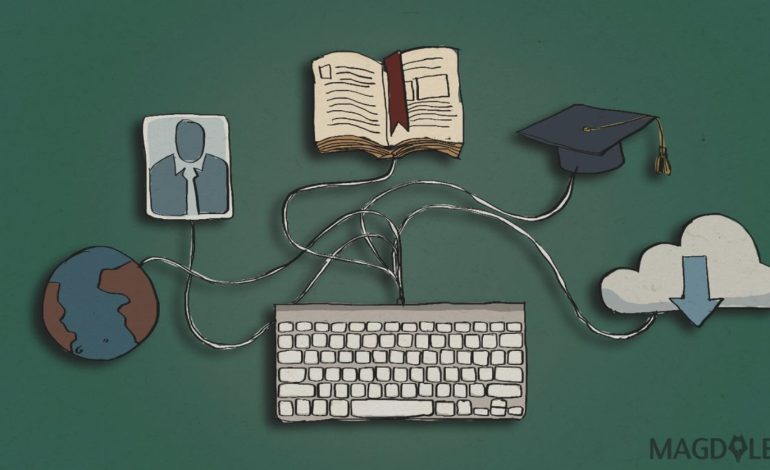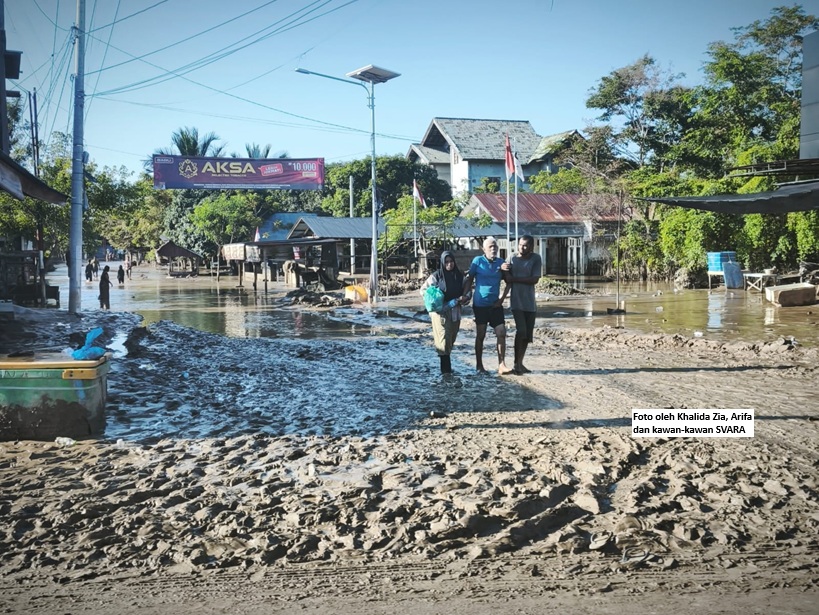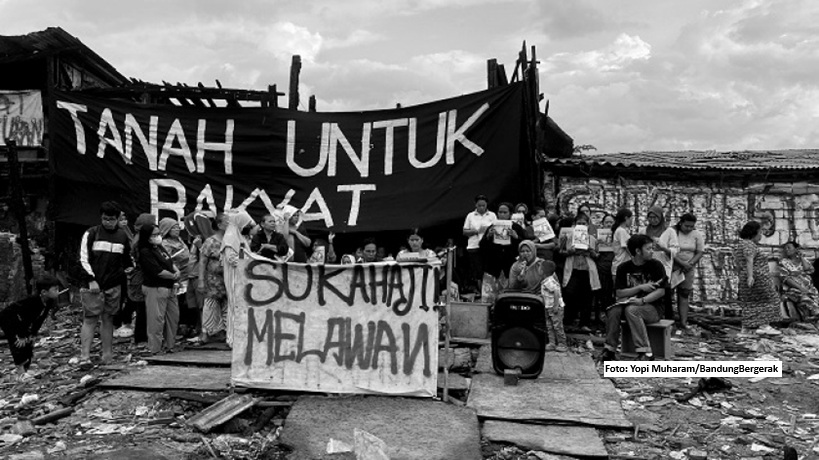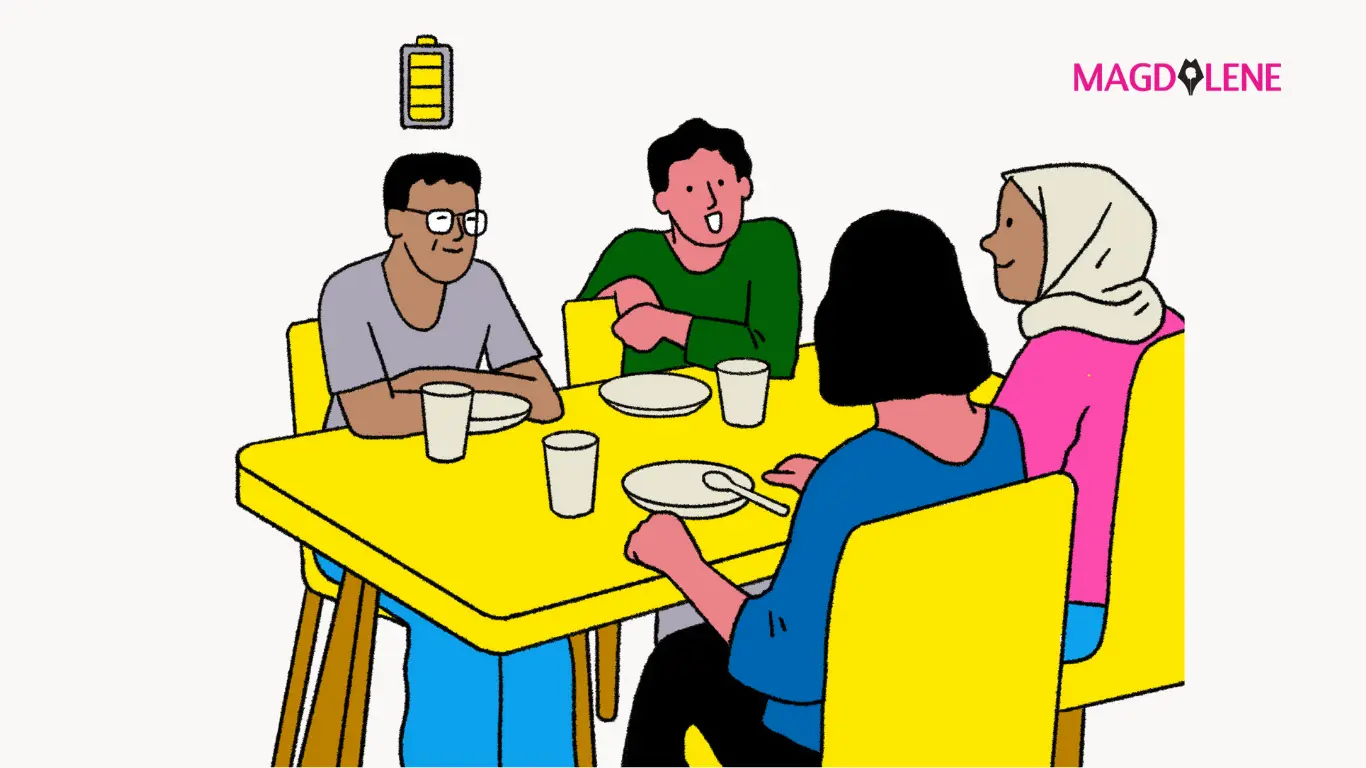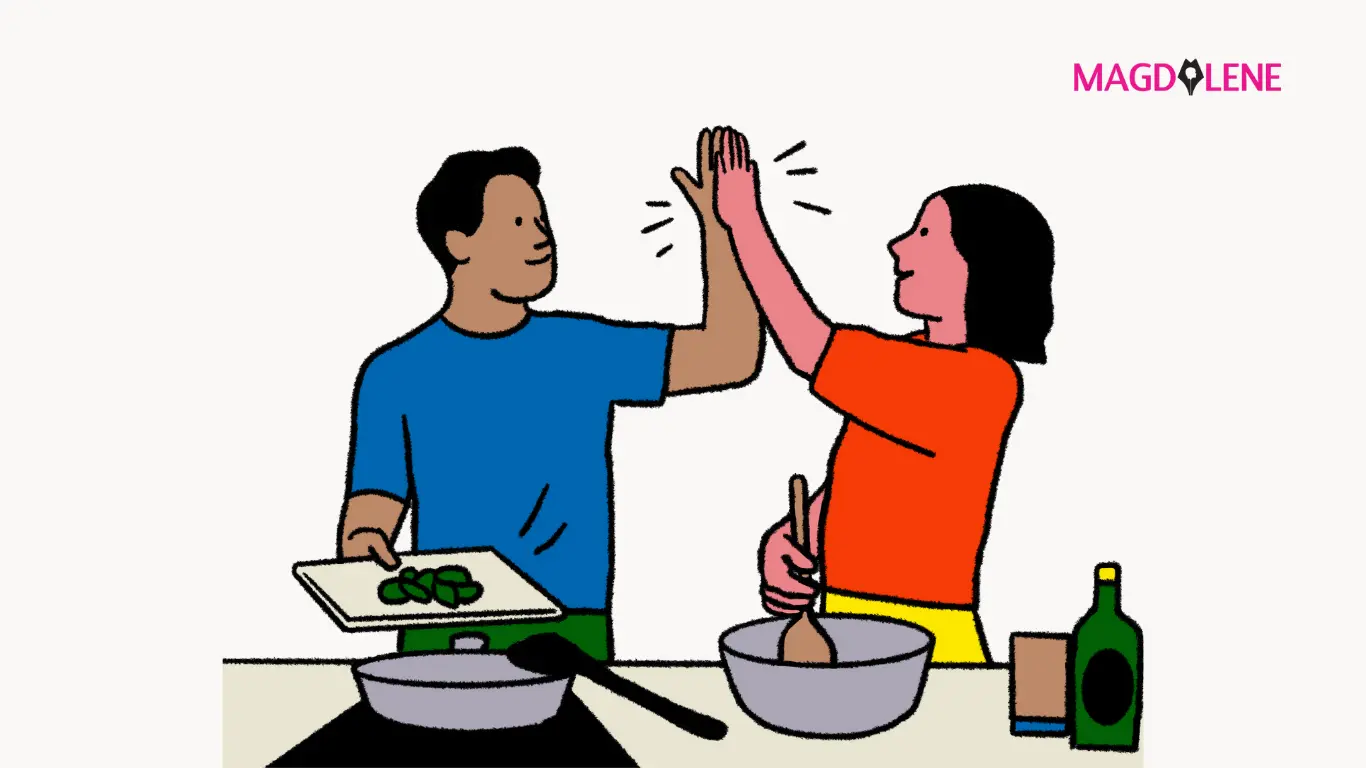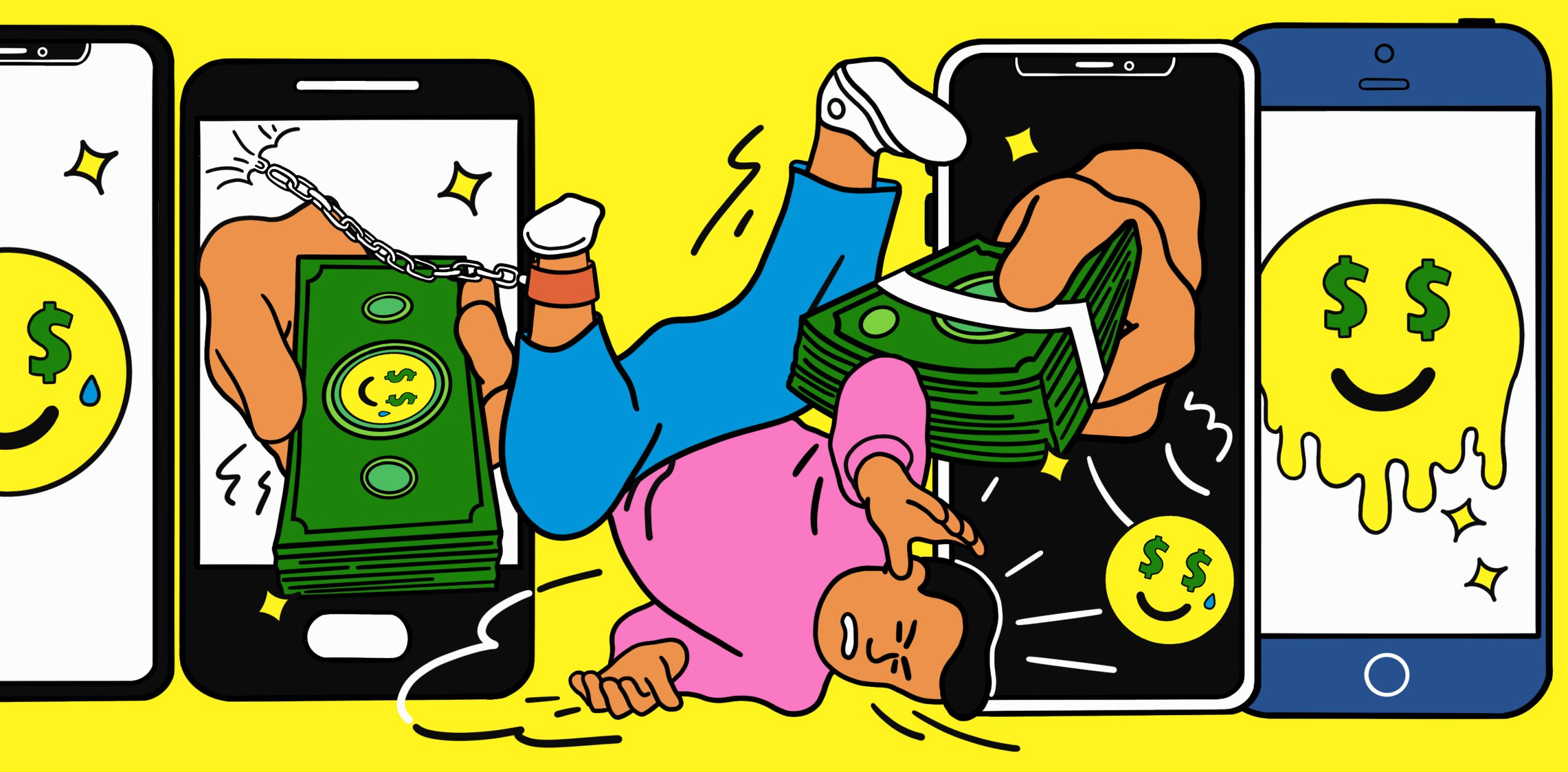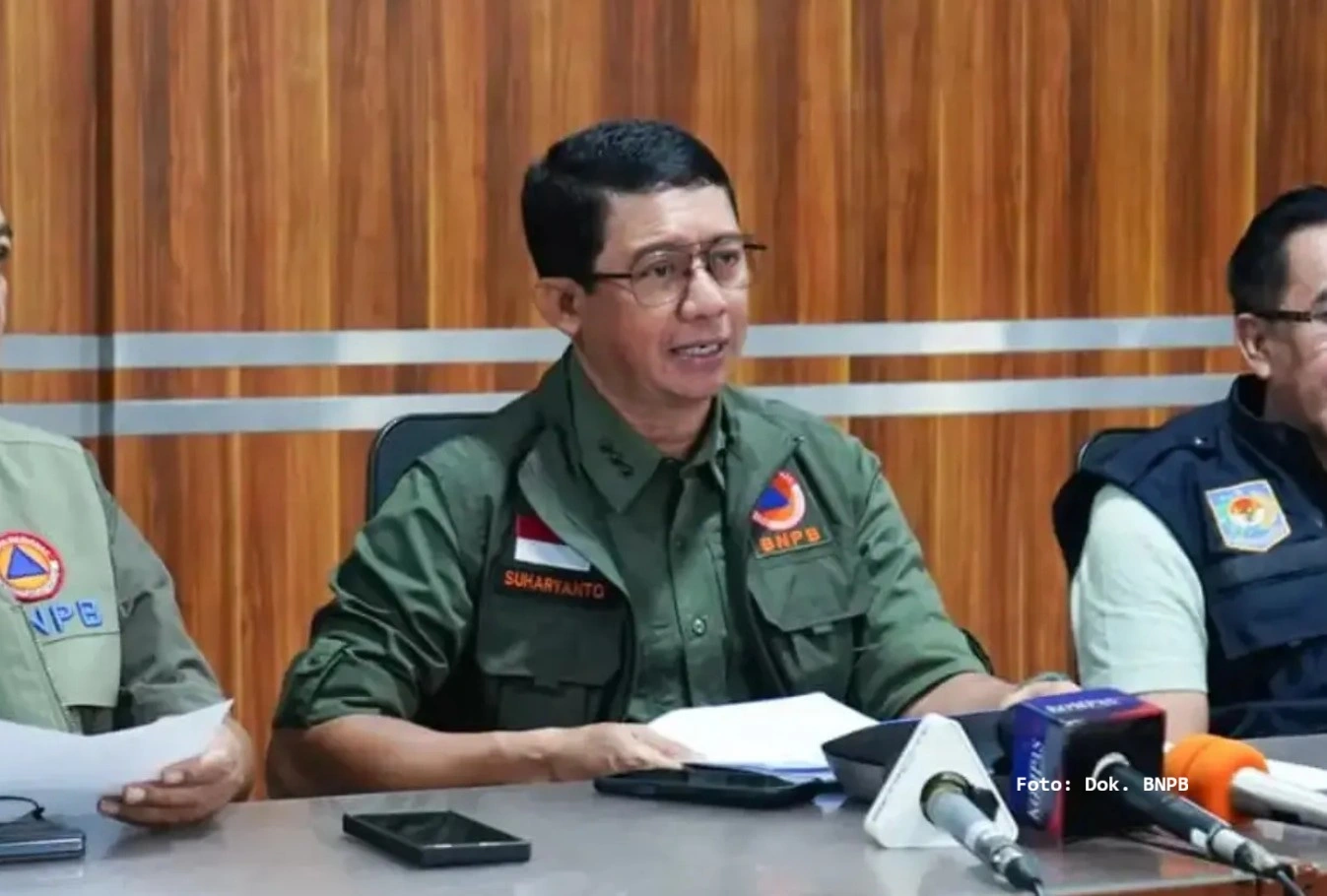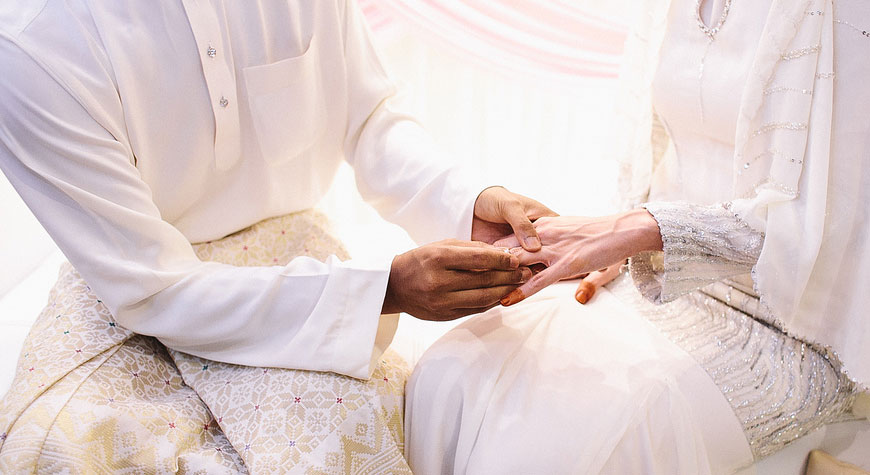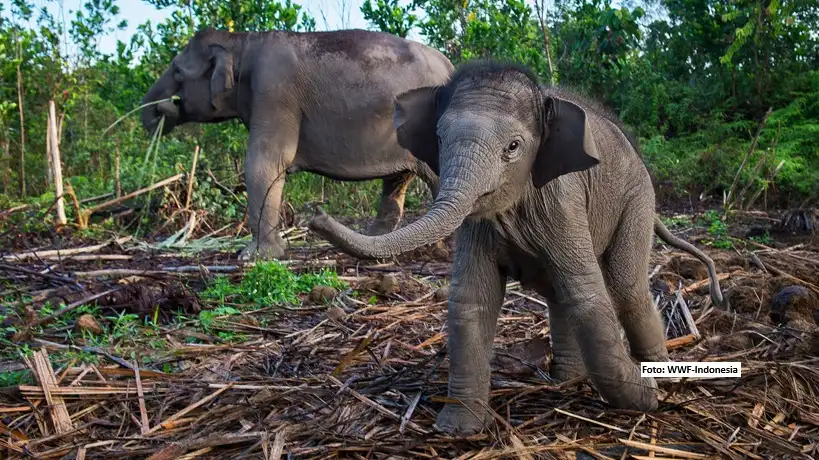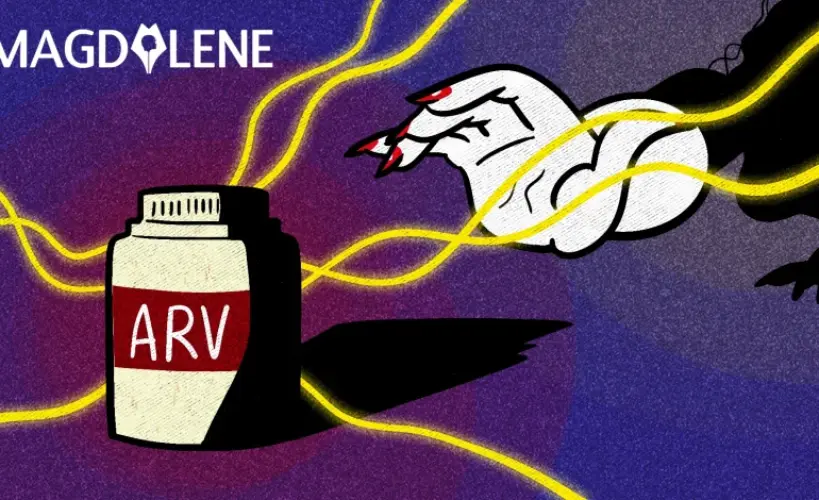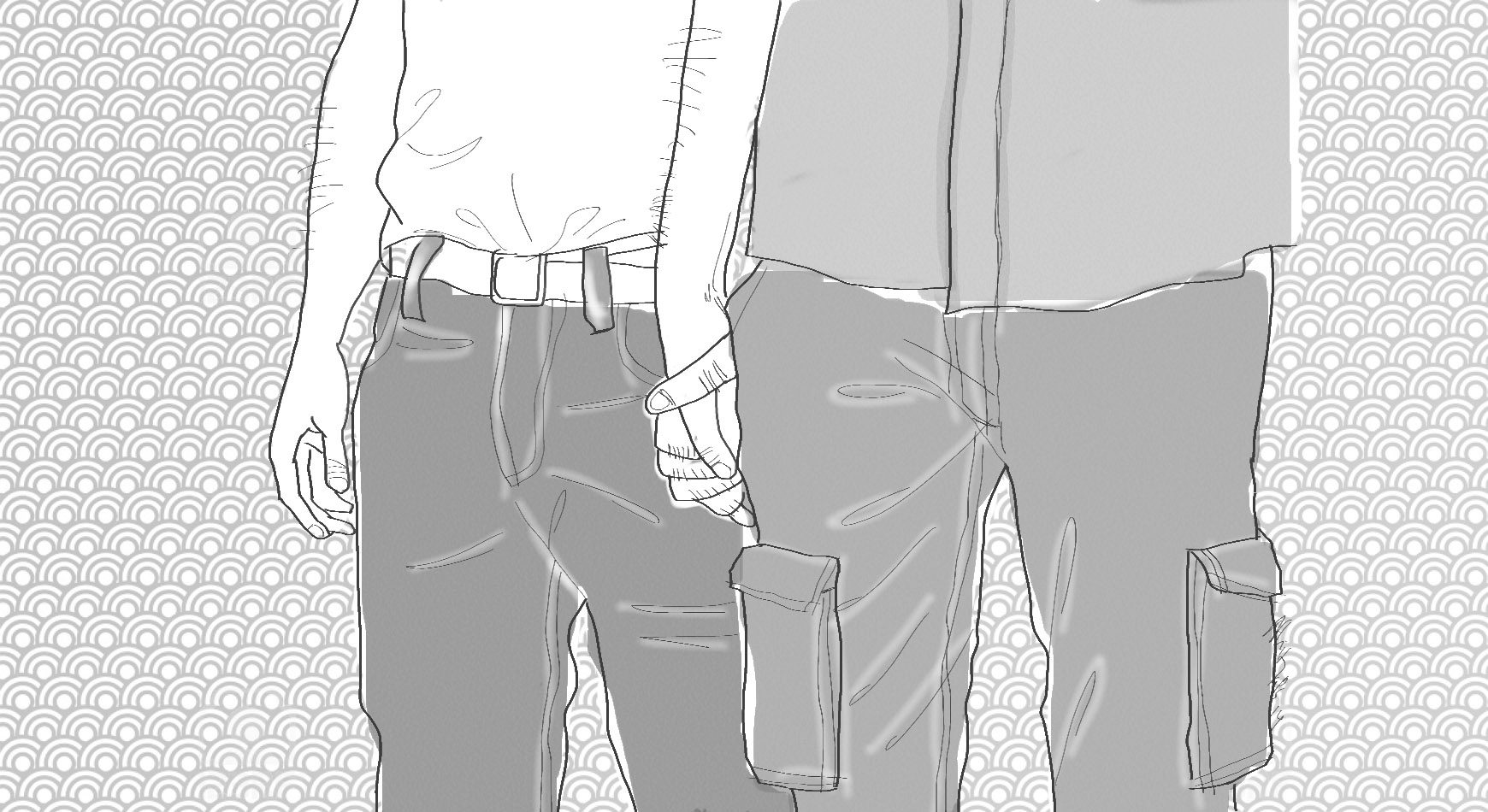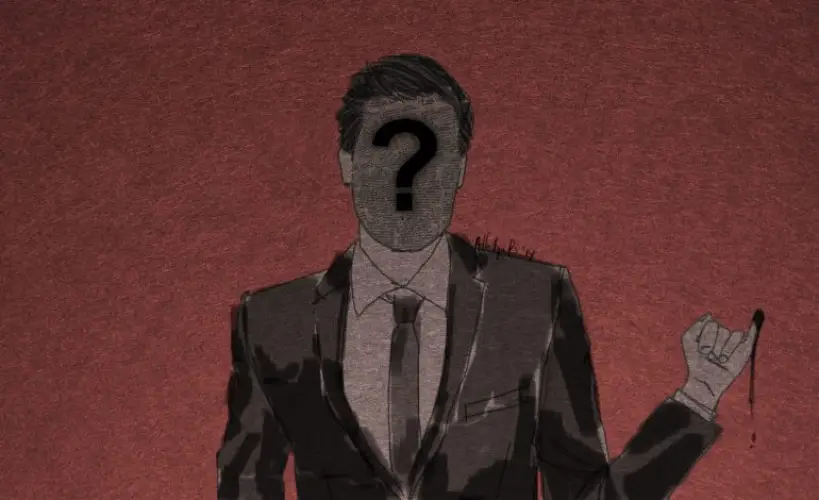Pansexuality: Sexual Intimacy Beyond the Label
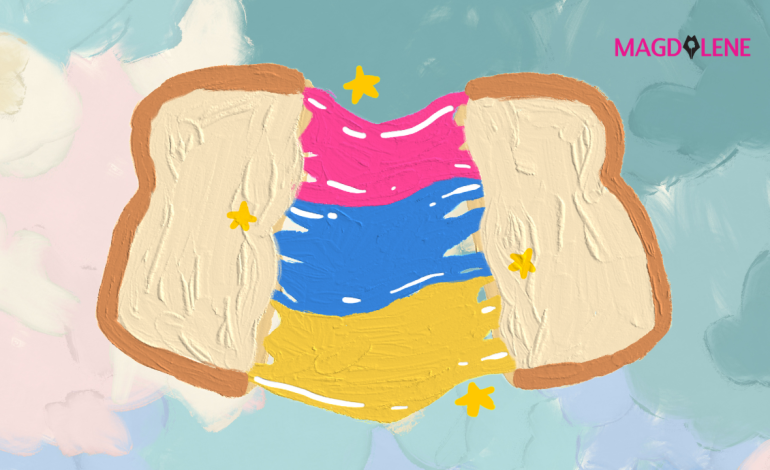
Most people want variety in their lives and that certainly is true of food. After all, variety is the spice of life they say.
As someone who has lived alone for many years, I have mastered the art of managing my menu so I get the variety that I want and need. No one wants to have the same meal three days in a row, so I cook different foods and dishes in family size batches, eat what I want for the day, and freeze the rest in one person portions to be consumed at a later date.
The problem is, when you freeze food, they become UFOs. No, not unidentified flying objects – those mysterious objects in the sky – but unidentified frozen objects. They lose their identity, unless you label them. Sometimes I am lazy or in a hurry and neglect to do so, so I end up with a UFO. The only way to find out their “identity” is to defrost them.
This is true also with people. We name them, give them racial, ethnic, religious, gender and sexual labels. Sometimes it is the individuals who label themselves, to declare their identity and to have a sense of belonging. Often, labels are assigned to them by their families, culture, religion, the state, etc. which often become an imposition and even an oppressive prison.
Labels are double edged swords as they also create stereotypes, misperceptions, over-expectations prejudice, and worse, stigma and discrimination.
However, you cannot avoid labels in society, so it can be problematic as most people don’t want to bother going beyond the stereotype. It’s much easier to label and judge, rather than to think and understand the reality behind the stereotype.
Also read: From Normalising Queer Love to Queer Joy: Why Heartstopper is Gen Z’s Defining Publishing Phenomenon
I have been an LGBTIQA+ ally for over 40 years. That means I am straight/heterosexual, but advocate for my LGBTIQA+ friends because I believe in democracy and human rights.
Despite these 40 years, I continue to learn all the time about the evolving labels and what they mean. In the beginning it was just “homosexual” (coined in Germany in 1869), “gay”, then LGBT (lesbian, gay, bisexual, transgender) which became LGBTIQA+, with I for “intersex”, “Q” for “queer”, “A” for “asexual”, while the + represents other sexual identities, including pansexual. National Geographic published an article about the evolution of terminology in 2021 which I found very useful.
Since 2015, May 24 has been commemorated yearly as Pansexual Visibility Day. “This day was created to acknowledge and recognise the existence of pansexual individuals around the world, as well as to raise awareness of pansexuality and the issues that pansexual people face”.
So I was pleasantly surprised when recently I came across a book by Himas Nur Rachmawati, titled Exploring the Self, Embracing Intimacy. Pansexuality Studies in Indonesia (Menjelajahi Diri, Memeluk Intimasi. Kajian Panseksualitas di Indonesia, PT BPK Gunung Agung, 2023).
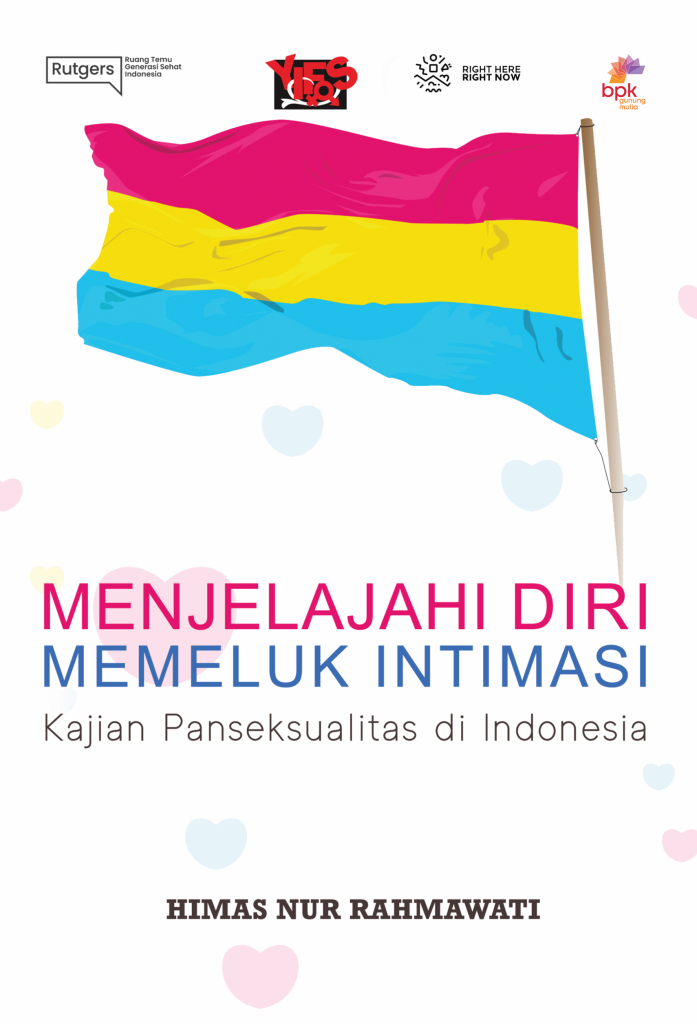
I thought, great! I really want to read it as I didn’t really know much about pansexuality and learning about it from a book by an Indonesian would be a bonus as they would surely cite cases of pansexuality in Indonesia.
How courageous of Himas to write about such a highly sensitive issue in an Indonesian academic setting which is not always known for maintaining academic standards of objectivity, impartiality and integrity.
For her, it was more a process of “coming in” than “coming out”. The former – the deliberate or accidental disclosure of one’s sexual or romantic orientation – gives other people the power to accept or reject us. The latter, on the other hand, is when the LGBT person invites others in, thus they have the power. Confused? Don’t worry, I still am a bit as well!
Luckily, Himas explains “coming in” in her Glossary at the beginning of the book. It is “an individual’s lifelong process of accepting, recognizing, understanding and living up to their gender identity and sexuality. This process is very personal and spiritual. Environmental conditions, such as an environment that is friendly to SOGIESC (sexual orientation, gender identity, gender expression and sex characteristics) diversity or a discriminatory environment, may play a role in influencing this process.” This process could apply to all of us, whatever it is about our SOGIESC or other aspects of our identity (page x).
Himas’ book is based on chapters one and two of her four chapter 2022 postgraduate thesis from Gajah Mada University in Yogyakarta. They consist of two problem formulations: one, about queer intimacy/pansexual self-acceptance and two, queer futurity or how pansexual individuals interpret their future. In the book, Himas only addresses the issue of pansexual intimacy.
Despite the fact that the book is only half of her thesis, the 125 page book is still pretty academic and possibly not that easy to read for non-academics especially those uninterested in gender and sexuality issues.
The book consists of four parts: Part I: Visibility, Searching and Institutionalized Fear, which has three subsections: The resonance of political emotions; Media and representation, and The Marginalization of Queer at the Metropolitan Margin.
Also Read: ‘All of Us Strangers’ Buys Into Tropes of Tragic Queer Lives–But There Is Still Hope In It
Part II: Monosexism and the Obliteration of Pansexuality, contains five subsections: Mononormativity; Invisibility of Pansexuality; the Stigma of Pansexuality; the Cancellation of Pansexuality, and, Panphobia.
Part III: The Intersectionality of the Pansexual Spectrum, has three subsections: Gender Identity; Religious or Belief System Identities, and, the Experience of the Disabled.
Part IV: Self-Acceptance and Intimacy.
The outline helps a lot to give a clear bird’s eye view of the contents of the book. In addition, Himas reproduces ample verbatim interviews of her respondents based on a questionnaire she drew up and sent out to friends, NGOs and queer and feminist communities. These interviews certainly give life and color to her book and offset the academicism of the book.
I cannot imagine the difficulty in identifying pansexual respondents due to the mono-normative culture which is hostile to anything other than heterosexual relations. In addition, the respondents themselves might not realize that they are pansexual. Even among the queer community, pansexual is not that familiar.
There are various misconceptions about pansexuality, e.g. that pansexuality and bisexuality are the same thing; that pansexuals are just greedy (“how can you be attracted to everyone?”); that pansexuals are confused, or that pansexuality is just a new fad.
Also Read: Susahnya Jadi Aseksual di Tengah Warga yang Mendamba Romansa
Certainly for those interested in gender and sexuality, whether academics or activists, Himas’ book is a welcome addition to the still sparse locally produced studies on sexuality in Indonesian.
Like my UFOs (unidentified frozen objects), the labels need to be “defrosted”, so that the human realities of these rare individuals can be “chewed on” and “digested”, in order for us to understand and appreciate the plurality of sexuality in the world, and in Indonesia.
*Julia Suryakusuma is a public intellectual, feminist activist and author of “Sex, Power and Nation”


